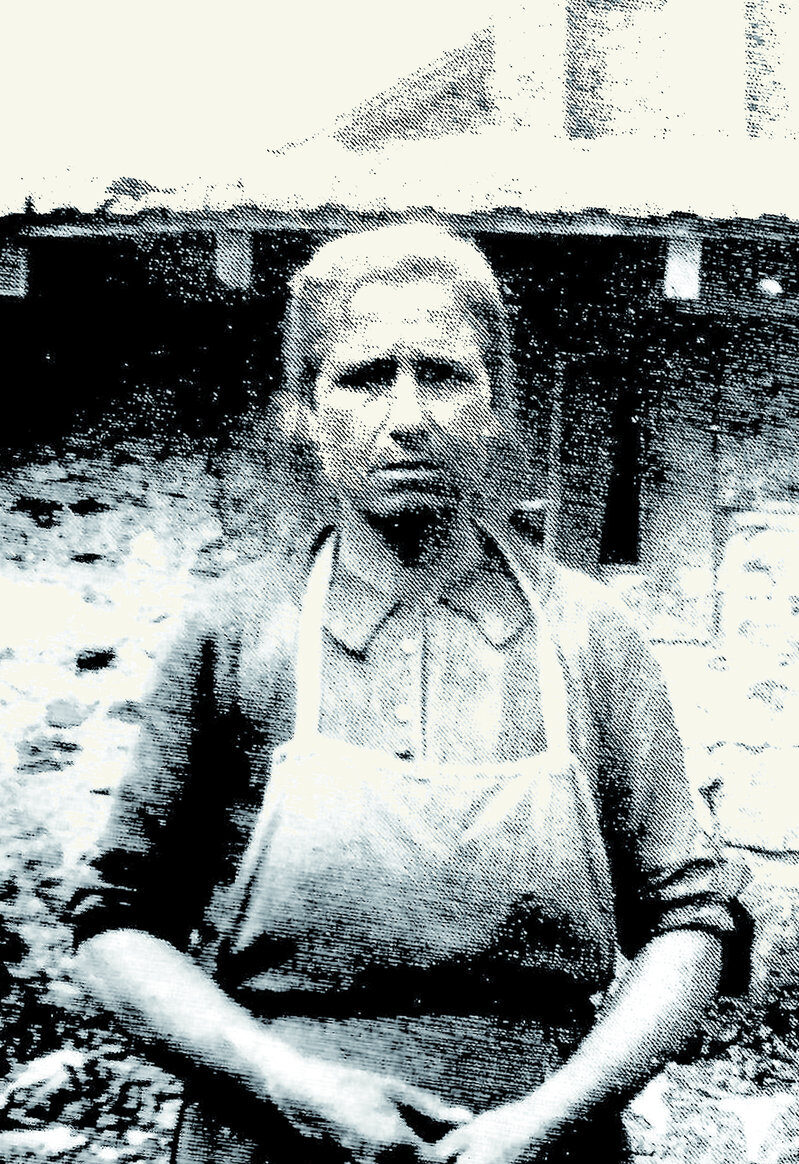Materials from the exhibition “La deportació femenina. Dones de Ponent als camps nazis” by the DEMD Group of Lleida
Bibliography
Busquets, Gemma. “L’anell de Ravensbrück” in El Punt Avui, dossier, 2020.
Català, Neus. De la resistència i la deportació. 50 testimonis de dones espanyoles. Barcelona Barcelona, Col·lecció de Memòria Oral, Memorial Democràtic, 2015.
Marín, Alberto. Españoles en la resistencia francesa 1940-1945. Doctoral thesis University of Barcelona, 2019.
Ortiz, Jean. Rojos. La gesta de los guerrilleros españoles en Francia. Caracas, Ed. El perro y la rana, 2012.
Roig, Montserrat. Els catalans als camps nazis. Barcelona, Ed. 62, 2017
Sanchez, Ferran. El Maquis anarquista: de Toulouse a Barcelona por los Pirineos. Lleida, Ed. Milenio, 2006.
Audiovisual
Song “Morir a Ravensbrück” by Marina Rosell
Carme Gardell’s profile at Amical in Ravensbrück
Carme Gardell’s profile in Memorial Democràtic





